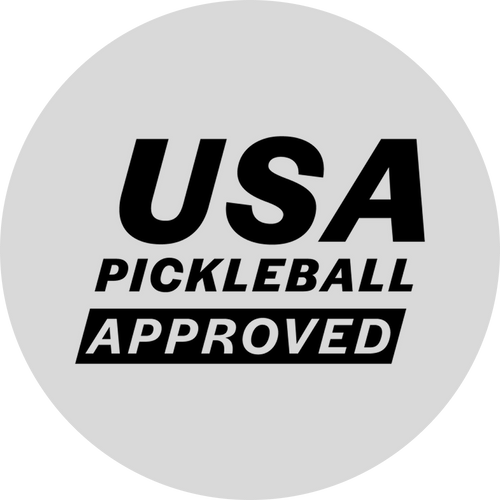
Pickleball’s Rise: From Hobby to Obsession
Share
Introduction
What started as a backyard pastime has become a full-blown phenomenon. Pickleball, once an obscure game played on makeshift courts, is now one of the fastest-growing sports globally. Whether you're in a local park, recreational center, or even a vacation resort, chances are you’ll hear the familiar pop of a paddle meeting a plastic ball. Its simplicity, social nature, and undeniable fun factor have turned what was once a hobby into an obsession for millions.
The Humble Beginnings
Pickleball’s origins are as unpretentious as the game itself. Born out of boredom in the 1960s, a couple of families created the game with what was on hand—a badminton court, a Wiffle ball, and a paddle. The game quickly caught on due to its accessibility. No expensive equipment was needed, and the rules were simple enough for anyone to pick up. With each passing decade, pickleball quietly grew in backyards and community centers, but it wasn’t until recently that it exploded onto the mainstream scene.
Pickleball’s Explosive Growth
What once spread through casual word-of-mouth has now gained momentum through social media, where videos of fast-paced rallies and joyful matches abound. Pickleball courts are sprouting up in cities worldwide, with local governments and recreational centers recognizing its appeal. Parks that used to be dominated by tennis players are now seeing a shift as more people pick up a paddle. The sport has even caught the attention of athletes from other disciplines who are discovering the skill and strategy involved.
This explosion is driven in part by pickleball’s versatility. It caters to all skill levels, from beginners looking for fun exercise to seasoned athletes seeking fierce competition. The combination of low-impact movement with the thrill of dynamic rallies makes it an attractive option for all ages.
The Shift from Hobby to Lifestyle
For many, what started as a casual hobby has morphed into a dedicated lifestyle. Players are investing more time and resources into improving their game, from joining leagues and taking lessons to traveling for tournaments. The rise of professional pickleball circuits has added to the game’s allure, with televised matches, sponsorships, and top-tier athletes showing that the sport is no longer just for the recreational player.
Tournaments are now drawing massive crowds, and pickleball’s growing presence in the competitive sports arena is undeniable. What was once a backyard game now boasts high-stakes events and professional players who have turned their passion into a full-time pursuit.
The Social Magnetism of Pickleball
Pickleball’s rise can’t just be attributed to its physical appeal; it has also become a social magnet. The game naturally lends itself to interaction, with doubles being a common format. It’s not unusual to see strangers becoming fast friends after a match, as the game fosters an environment of camaraderie and sportsmanship.
Perhaps one of pickleball’s greatest strengths is its intergenerational appeal. It’s not uncommon to see teenagers playing with retirees or friends spanning decades in age competing together. This cross-generational interaction is rare in most sports, giving pickleball a unique role in bringing people together from different walks of life.
The Future of Pickleball
The rise of pickleball shows no signs of slowing down. As more people discover the sport, we’re likely to see innovations in equipment, strategies, and court design. New technologies are being developed to enhance the game’s experience, and media coverage continues to expand, driving even more interest.
Looking forward, it’s clear that pickleball is reshaping the world of recreational sports. Its accessibility, strategic depth, and social aspects make it a well-rounded experience for both casual players and serious competitors alike. In just a few short years, pickleball has evolved from a hobby to a cultural obsession, and it’s poised to continue capturing the hearts of millions more.

















